Trump approves Turkish incursion into northern Syria
By Joanne Stocker, Fergus Kelly and Jared Szuba
The United States looks set to allow a long-promised Turkish incursion into northeast Syria after announcing late Sunday, October 6 that U.S. forces will pull back from the border area following a phone call between President Donald Trump and Turkish President Recep Tayyip Erdogan.
“Turkey will soon be moving forward with its long-planned operation into Northern Syria. The United States Armed Forces will not support or be involved in the operation, and United States forces, having defeated the ISIS territorial ‘Caliphate,’ will no longer be in the immediate area,” the White House said in a statement.
Turkey will “take custody” of thousands of Islamic State fighters currently held in prisons in the northeast, the White House said, blaming European governments including France and Germany for not repatriating their citizens who joined ISIS in Syria.
“The United States will not hold them for what could be many years and great cost to the United States taxpayer.”
American troops have already pulled out of two locations near Tal Abyad and Ras al-Ayn, said a spokesperson for the Syrian Democratic Forces, the main U.S. partner on the ground in Syria in the war against ISIS.
“In the early hours of the morning the withdrawal of U.S. forces from two points on the border was completed and leaders of SDF were informed by the Americans of this withdrawal,” Mervan Qamishlo of the SDF Military Media Command told The Defense Post.
“If Turkey tries to advance and launch any military operation, we will resist and turn the border area into an area of long-term conflict,” he said. “The SDF is still trying to find a way to limit this war.”
Erdogan has for months signaled that a Turkish invasion of northeast Syria is imminent, and said last week that his country was losing patience with U.S. efforts to implement a planned buffer zone along the Syria-Turkey border.
“Have supported the territorial integrity of Syria since the beginning of the crisis and will continue to do so. Determined to ensure survivability and security of Turkey by clearing the region from terrorists,” Turkish foreign minister Mevlüt Çavuşoğlu tweeted on Monday.
Turkey considers the predominantly-Kurdish Syrian People’s Protection Units (YPG), the backbone of the SDF, to be a terrorist organization inextricably linked to the Kurdistan Workers’ Party (PKK), which has waged a decades-long insurgency against the Turkish government.
Erdogan previously said that if Turkey’s demands regarding the border zone were not met by the end of September, the country would be forced to act unilaterally.
“This is dangerous,” said Sinam Mohammad, the Syrian Democratic Council’s representative in Washington, D.C.
“Of course this isn’t good, from our perspective. How this will turn out, I don’t know … [the White House statement] doesn’t say there will be a withdrawal from all of Syria … [it says] they’re withdrawing from the borders only, so if there’s any fighting, they won’t be there,” she told The Defense Post by phone early Monday.
Late in the day, following an outcry from lawmakers in Trump’s Republican party, U.S. Department of Defense spokesperson Jonathan Rath Hoffman said the Pentagon had made clear to Turkey that the U.S. did not “endorse a Turkish operation in Northern Syria.”
“In conversations between DOD [and] the Turkish military we’ve consistently stressed coordination [and] cooperation were the best path toward security in the area,” a statement attributed to Hoffman said, adding that Secretary of Defense Mark Esper and Chairman of the Joint Chiefs of Staff Mark Milley “reiterated to their respective Turkish counterparts that unilateral action creates risks for Turkey.”
Trump has been looking to withdraw U.S. forces from Syria and his announcement in December that he would pull troops shocked U.S. allies in the Coalition. That plan appeared to be tempered and a small number of forces were deployed earlier this year to the border area to prevent a Turkish invasion.
He defended the move on Monday, saying in a series of tweets that it was time for the U.S. “to get out of these ridiculous Endless Wars,” and that “Turkey, Europe, Syria, Iran, Iraq, Russia and the Kurds will now have to figure the situation out, and what they want to do with the captured ISIS fighters.”
Later, the president threatened to “totally destroy and obliterate” Turkey’s economy if Ankara “does anything that I, in my great and unmatched wisdom, consider to be off limits,” likely referring to the expected military operation.
Republican Senator Lindsay Graham tweeted on Monday that he and Democratic Senator Chris Van Hollen would introduce a sanctions bill against Turkey and call for the country’s suspension from NATO if its forces enter Syria to attack the SDF.
Northeast Syria ‘security mechanism’
Turkey launched two previous incursions into northern Syria, taking control of much of Idlib province with Operation Euphrates Shield in 2016 and the Kurdish enclave of Efrin in January 2018 under Operation Olive Branch.
The invasion of Efrin led to mass civilian displacement and United Nations accusations of possible war crimes, including looting, hostage-taking and torture, by Turkey-backed Islamist Syrian rebels.
The U.N. humanitarian coordinator for Syria, Panos Moumtzis on Monday said the U.N. was “preparing for the worst,” AFP reported.
“We are not expecting the U.S. to protect NE Syria. But people here are owed an explanation regarding security mechanism deal, destruction of fortifications and failure of U.S. to fulfill their commitments,” SDF spokesperson Mustafa Bali tweeted on Monday.
NATO allies Turkey and the United States reached a preliminary agreement in August on steps to establish a buffer zone to keep the YPG away from the Turkish border and facilitate the transfer of Syrian refugees currently living in Turkey into the border area.
The YPG began withdrawing from the border and destroying its fortifications, but the leadership of the autonomous region in northeast Syria has rejected what they see as Erdogan’s plan to demographically re-engineer majority-Kurdish areas of northern Syria. They have also said their forces will not pull back from the border further than they have already agreed, which ranges between 5 and 14 km.
The U.S. and Turkey conducted a number of joint ground and helicopter patrols on the Syrian side of the border, and Turkey resumed F-16 flights over the northeast in Coalition airspace, but the two countries disagreed over the final depth of the border zone. Erdogan has demanded some 30 km, which would encompass most majority-Kurdish population centers in Syria.
As recently as last week, U.S. defense officials suggested the buffer zone plan was on schedule.
“We have a security mechanism zone, as you’re familiar with. We’ve conducted joint patrols with our Turk counterparts, U.S. and Turk. I think we’ve completed approximately nine of those joint patrols. Mostly in the air domain, a couple in the ground domain,” General Tod Wolters, Commander of U.S. European Command, and Supreme Allied Commander Europe told reporters at an October 3 press briefing, the most recent to touch on northeastern Syria.
Security of thousands of ISIS fighters at risk
The SDF oversee a number of prisons and camps throughout the country’s northeast. The largest, al-Hol, holds some 80,000 people, mostly women and children, including roughly 10,000 foreign nationals.
Trump’s decision could see the SDF abandon the thousands of ISIS fighters currently detained in the region to defend territory near the border; SDF factions redeployed about 1,500 fighters from the battle against ISIS in Deir Ezzor to help defend Efrin during Olive Branch.
The SDF General Command said in a Monday statement that a Turkish invasion would “destroy everything that has been achieved from the state of stability over the past years.”
On September 18, director of the Defeat-ISIS Task Force Christopher Maier said the U.S. was continuing to train and supply the Syrian Democratic Forces to guard ISIS prison facilities.
“We’re helping the local forces be more capable of dealing with the problem themselves,” Maier said, “In some cases that means bringing in experts who can help explain and train and help them.”
Authorities in northeast Syria have asked governments to repatriate their nationals, but with a few exceptions such as Russia, Indonesia and Sudan, and repatriations of some orphans, including Europeans, most have proved highly reluctant.
The Pentagon’s Office of the Inspector General complained in August that the drawdown of U.S. forces from northeast Syria left the Coalition unable to monitor al-Hol directly, and that the SDF do not have the resources to maintain security there, allowing “ISIS ideology to spread ‘uncontested’ in the camp.”
Extreme violence and deaths at the hands of ISIS women have been reported in al-Hol in recent days.
Ambassador James Jeffrey, the State Department’s special representative to Syria, and the Special Envoy to the Global Coalition Against ISIS told The Defense Post in September that some Coalition member states had pledged to send troops to Syria.
“A few countries — I can’t name them — have already indicated substantial increases or substantial forces on the ground, but they don’t want to make an announcement because they can within certain parameters not have to go public,” Jeffrey said.
“There will be more announcements,” he added.
The European Union on Monday warned that a Turkish invasion of northeast Syria could undermine the stability of the area and put civilians at risk.
“The renewed armed hostilities in the northeast will not only exacerbate civilian suffering and lead to massive displacement but will also risk severely undermining current political efforts,” E.U. spokesperson Maja Kocijancic said.
None of the European Coalition partners has so far signaled what steps it could take to mitigate the threat.

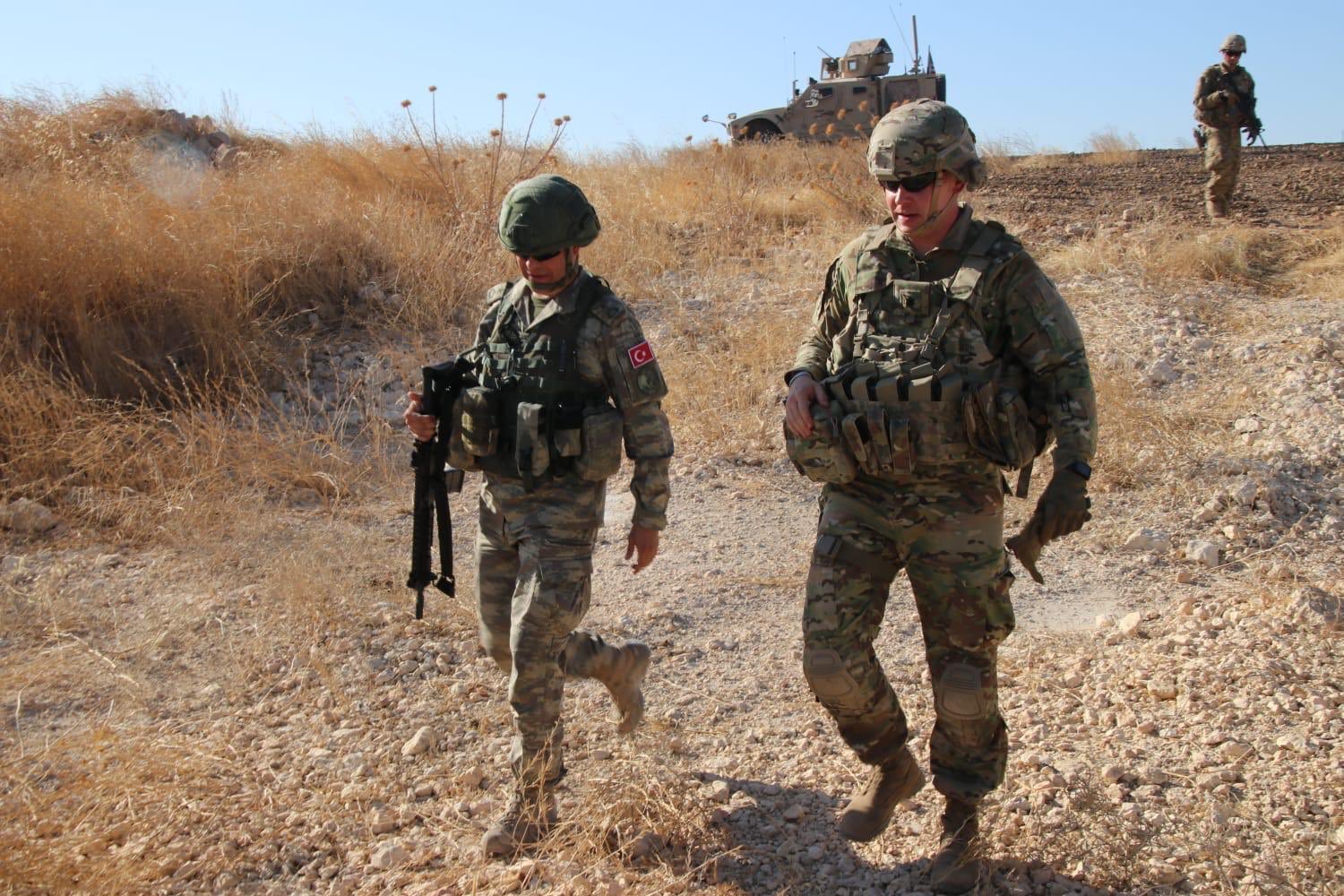


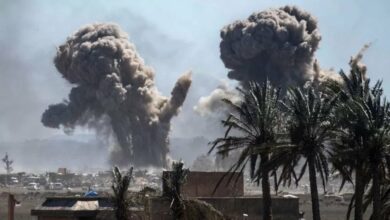

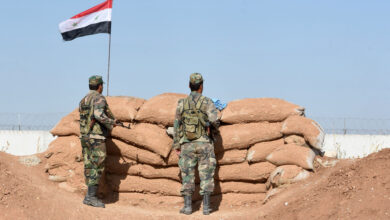
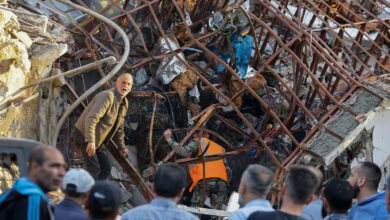

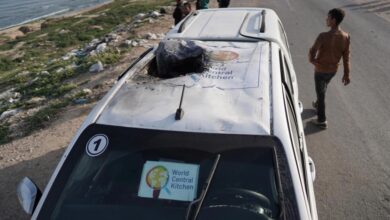
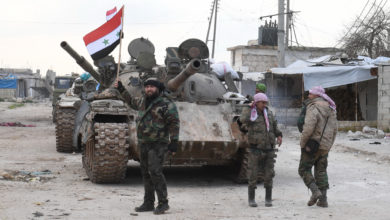
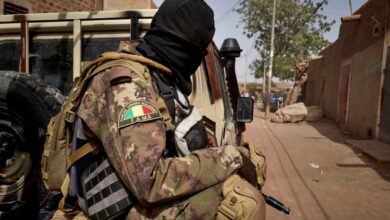
15 Comments